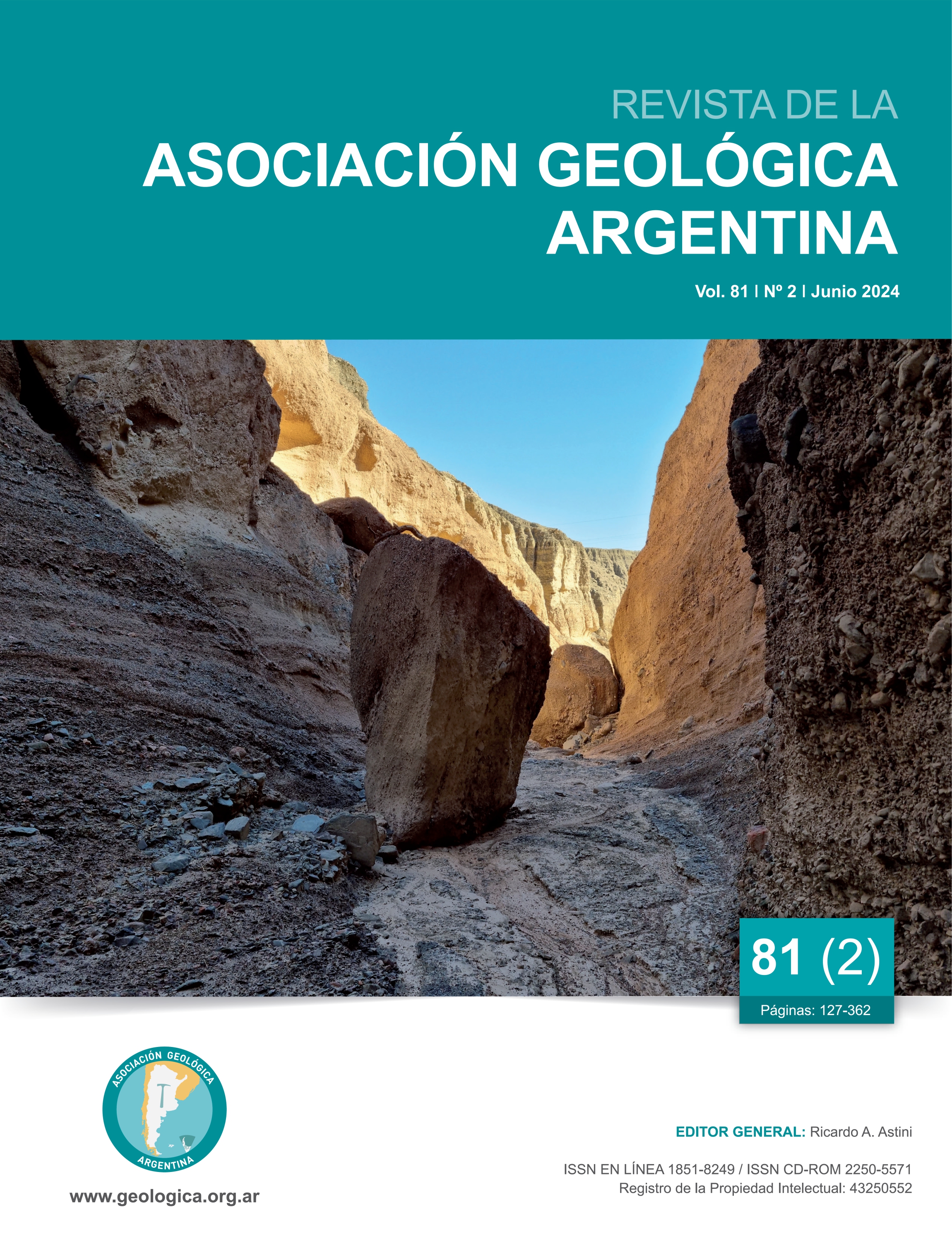Hydrogeology of the dune barriers of Buenos Aires: vulnerability to sea-level rise
Main Article Content
Abstract
The sandy barriers of Buenos Aires have had an explosive urban growth once the dunes were afforested. The original bathing villages of Villa Gesell, Pinamar and Partido de la Costa are today being copied by counties where the water resources are limited and the Geomorphology conditions different. Several aquifers have been exploited with different successes. The well-known documented experiences from the Eastern Sandy Barrier (BMO) are considered, while some different experiences from the Southern Barrier (BMA) are also reported. The interface between the marine salt water and the fresh water is oblique at the BMO and is expected to migrate with the sea level rise. Instead, the interface between salt and fresh water is horizontal and conditioned to the nature of the rocks beneath. According to these trends in the land-use changes, the effects of the sea-level rise are forecasted.
Article Details

This work is licensed under a Creative Commons Attribution-NonCommercial 4.0 International License.
Nota de copyright
Los autores conservan los derechos de autor y garantizan a la revista el derecho de ser la primera publicación del trabajo licenciado según una licencia de atribución Creative Commons que permite a otros compartir el trabajo con el reconocimiento de la autoría y de la publicación en la que se publicó por primera vez.
Declaración de privacidad
Los nombres y direcciones de correo electrónico introducidos en esta revista se usarán exclusivamente para los fines declarados por esta revista y no estarán disponibles para ningún otro propósito u otra persona.

